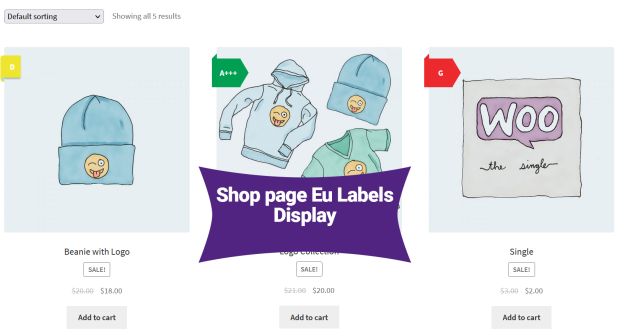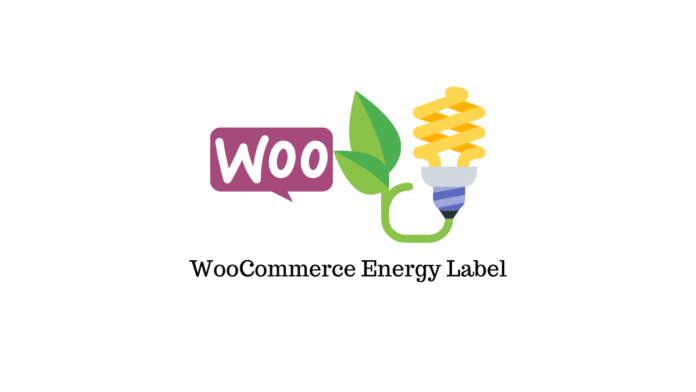Last updated - November 19, 2021
The EU energy label provides information on the functional strength of the product. We see this in electrical appliances, from refrigerators to dishwashers, which also applies to digital displays.
The label rates product ranges from green (most effective) to red (least effective). The name also shows all the power consumption and other information associated with the product – screen size for digital display.
All this information is useful when comparing products to help you make an informed purchasing decision. Therefore, to avoid confusion, it is essential to understand its reasoning and know if you compare two or more products to check their efficiency.
Efficient resources, reduced energy consumption, and energy wastage are becoming increasingly important in the EU. It is therefore vital to have a new system for naming conventions along with a new Eco-design rule.
The new eco-design aims to maintain the size of the economy and save more energy. Therefore, emphasis is placed on reusable products, their ease of separation, the possibility of modernization, and, of course, reusability.
Why is it changing?
The energy label has been at the heart of products and appliances for over 25 years. It has helped consumers research and select efficient, suitable products and has encouraged manufacturers and retailers to develop more innovative and efficient products.
Due to the growing demand for more suitable environment-friendly products, the usability of machines is decreasing. This means that the efficiency of the current power signal between A +++ and G decreases. Furthermore, many of the products available today are in the two or three highest classes (A + to A +++), making it challenging to find the most efficient products.
And to make it easier to buy the right appliances or products for your needs, energy labels have been developed. The new labels, launched in stores and online in March 2021, have a fresh, unique look.
Varying in the product, energy labels show energy consumption and other energy and non-energy information, intuitive symbols to compare products, make better purchase decisions, and information on cleaning cycles, water consumption, storage conditions, voice status, etc.
QR code is the new element of these labels, allowing customers to receive additional official (non-commercial) information when screening via a smartphone.
Eco-design
Global demand is for more efficient products that reduce energy and other natural resources with better sustainability.
The EU Ecodesign legislation is an effective tool to improve the operating environment of products by setting energy requirements. It removes non -essential materials from the market, making a significant contribution to the EU’s energy and climate goals. Ecodesign also supports industrial competition and innovation by helping to improve the product processing environment in the domestic market.


The new EU efficiency labelling system will allow consumers to understand better energy efficiency and the impact of the equipment they buy. It, therefore, places greater responsibility and accountability on manufacturers to ensure that their products are highly durable before they are placed on the market.
Energy savings
EU energy labels and eco-design regulations help improve the product’s energy efficiency in the EU market.
Eco-design sets limits on EU-wide ranges to remove low-efficient products from the market. In addition, power indicators clearly describe the product’s value and other essential features at the time of purchase.
EU legislation for energy labels and eco-design aims to achieve energy savings of around 230 Mtoe (million tonnes of fuel equivalent) by 2030. This means that the average savings on their electricity bills amount to € 285 per year for consumers. In addition, operational efficiencies could generate additional revenues for European companies of $ 66 billion.
How WooCommerce energy label help?
The European Union has introduced new energy labeling rules. To better understand and use electrical goods, all stores on the website must display the energy classification of all electrical goods. EU. This means that even if your customers come from one of 28 European countries, you need to present a clear picture and describe the energy consumption of your products.
All e-commerce owners should be aware of all applicable laws. In the case of recent European legislation, this is especially true when you sell electrical appliances or products that fall under an energy classification.
Combine business with pleasure EU energy labels for WooCommerce helps you list your products with the correct name.
The WooCommerce EU energy label plugin allows you to put energy labels on your products by European Union energy classification rules. The additive classifies the energy consumption of the product by naming it. In addition, the plugin contains all new EU titles developed by the European Union.


Since EU energy classification rules are now enforced for all energy use products, we have developed an EU energy classification system for the WooCommerce plugin to display names on your products. Thus, the EU brand is an integral part in helping consumers and consumers choose more robust products.
In addition, the plugin offers the freedom to clean the product’s same powerful items instantly to get users a quick overview. So if you want to follow European regulations, be sure to use an easy-to-install and quick-to-use plugin.
Last Words
The signal strength tells how much electricity a product uses per kilowatt-hour (kWh) and operates according to a pre-set. The lower this mark, the less energy is expended, and it saves more money in bills. It holds, of course, depending on how the product is used and how much to pay for electricity.
To reduce energy consumption, the electric display will offer an environmental performance classification. Use these features to lower your total cost of ownership.
- Eco-mode: Our products are shipped in brightness mode, which means they use Less power.
- Ambient light sensor: The brightness conditions are ensured according to the bright light conditions making the objects easy to read while minimizing power consumption.
- Human sensor: the display turns on and off.
- On-off scheduling: Installed system for forced lifting/lowering at a predetermined time.
- Savings calculator: The Total Cost of Ownership (TCO) calculator to calculate and compare average operating costs helps you measure your carbon footprint.
- NEC Quality: The sustainability of the abyss node in American must be strongly influenced by the product life cycle. Using high-quality components in professional and rigorous Japanese design and manufacturing processes, NEC offers exceptionally reliable products, which means you have no plans to make repairs or replace equipment.
It shows how we help companies get an environment-friendly system through better availability and cost savings.











